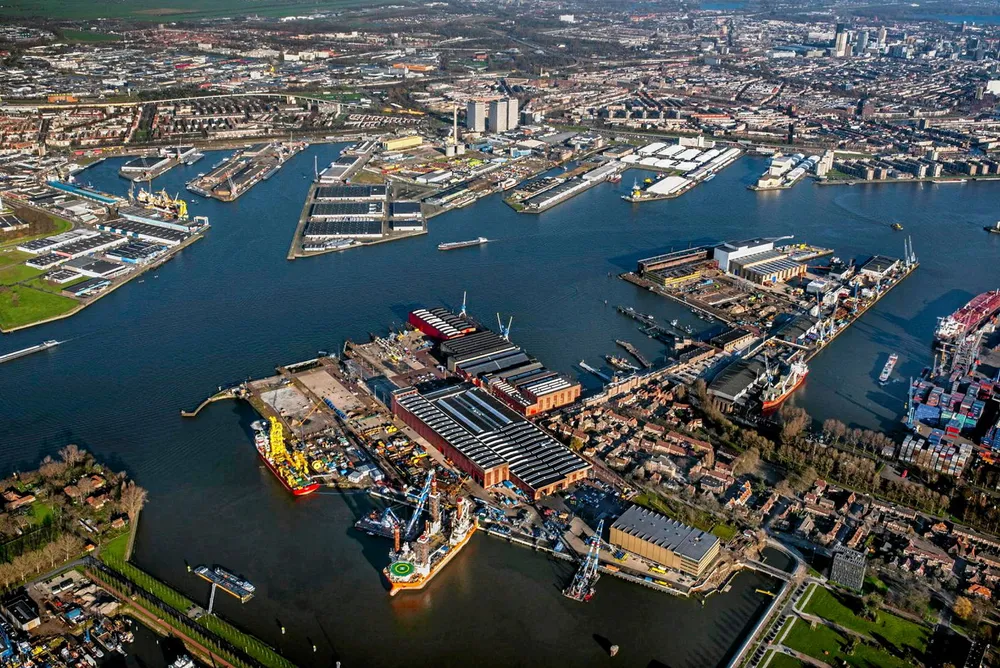Nearly half of all European hydrogen demand will be used in port areas by 2050: EU-backed report
Port owners urged to make land available for H2 infrastructure, co-ordinate projects and even directly invest

Port owners urged to make land available for H2 infrastructure, co-ordinate projects and even directly invest
